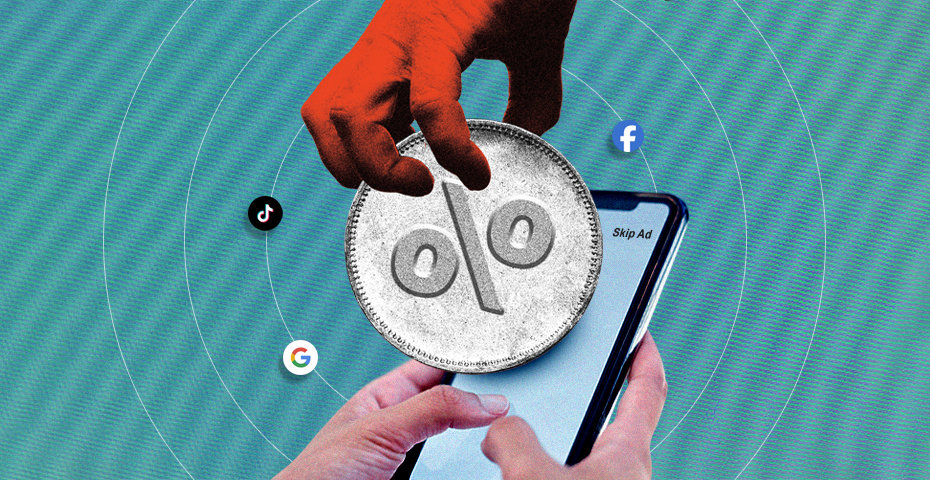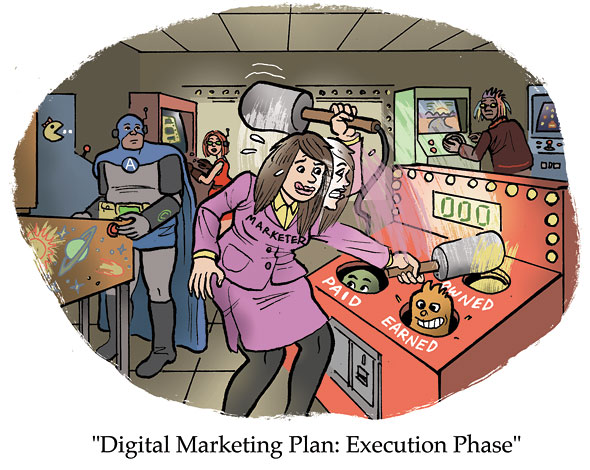VAT on Digital Services: What You Need to Know

Starting June 1, 2025, the Philippine government officially requires non-resident digital service providers (DSPs)—including Google, Facebook (Meta), and TikTok—to collect 12% value-added tax (VAT) on their services. This is part of the implementation of the Bureau of Internal Revenue (BIR) Revenue Regulations No. 47-2025, which aims to level the playing field between local and foreign digital service providers.
For many businesses—especially those relying heavily on online advertising—this means one thing: digital ad costs are going up.
Who’s Affected?
This impacts all businesses in the Philippines that place ads on international platforms such as Google Ads, Facebook/Meta Ads, and TikTok Ads. Whether you’re a small business doing boosted posts or a large brand running full-funnel campaigns, the 12% VAT now applies. These platforms are required to charge 12% VAT on top of your ad spend, just as local providers apply VAT on their services.
How It Works
If you’re placing ads:
Bottom line, no change with the way you interact with Google, but after implementation, you only benefit from 88% of your ad budget.
Bottom line, if pre-paid your ad charges are VAT inclusive, you only benefit from 88% of your ad budget. If post paid, the VAT is charged on top of the ad budget when Meta charges you.
1. Business-to-Consumer (B2C) Clients: TikTok will directly charge the 12% VAT on advertising services to B2C clients in the Philippines and remit the collected VAT to the Bureau of Internal Revenue (BIR).
Bottomline, B2C TikTok ad charges are VAT inclusive.
2. Business-to-Business (B2B) Clients: For B2B clients, TikTok does not add VAT to the invoice. Instead, these clients are responsible for self-assessing and remitting the 12% VAT directly to the BIR.
Bottomline: B2B TikTok ad charges are VAT exclusive and you will have to remit the VAT directly to BIR.
What Your Business Should Do

1. Determine your VAT registration status
If your business is VAT-registered:
If you’re not VAT-registered:
2. Update your billing info. Update your billing settings across ad platforms:
3. Adjust budgets
This effectively means that to utilize PHP50,000 in ad spend, you will need to pay PHP56K inclusive of VAT. If you do not or are pre-paid, only 88% of your total ad charges will be used against your ad budget with the remainder being remitted as VAT to the BIR.
4. Talk to your Finance team
Coordinate with your finance and accounting teams to account for the additional VAT correctly, especially for BIR compliance and reporting.
To ensure compliance:
5. Talk to your ad team or agency.
Ensure your advertising partners are aware and have adjusted media plans accordingly. Align budget with actual spend to make sure you do not exceed your budget.
What Happens If You Do Nothing?
Even if you don’t update your VAT info, you will still be charged VAT. But without proper setup, you can’t claim it back, and it simply becomes a sunk cost. To claim back your VAT spend, fill out this BIR 1600-VT form (VAT Input Form).
What this Means Moving Forward
The implementation of the 12% VAT on digital services might seem like a setback, but businesses that take the time to update their billing profiles and coordinate with their accountants will be in a stronger, more compliant position. Treat this as a chance to tighten financial processes, optimize ad budgets, and ensure you’re not paying more than you should.
If you need help with optimizing your online ad budget, please contact us.
Sources:










